The human side of healing: How seeing loved ones helps COVID-19 patients

Tom and Virginia Stevens have been married 66 years and lived together in an assisted-living facility in Nashville, Tenn., when they got COVID-19 last summer and had to be transferred to Vanderbilt University Medical Center.
The couple was split up and put into separate rooms.
"I think that traumatized them," said their son, Greg Stevens. "They kind of live for each other, at this stage, so adding to the not-feeling-great and the stress of COVID, they separated them."
Tom Stevens, 89, became disoriented.
"They found my dad wandering the halls, and he was looking for my mom," said Greg.
The care team decided to bring the couple together into the same room, in the COVID-19 unit, for their two weeks of treatment — which their son credits with their recovery.
Virginia Stevens, 88, was elated by the move.
"When we finally were united together in the hospital, we just shouted, 'Hallelujah!'" she said from her son's house, where they are all now living after being released from hospital.
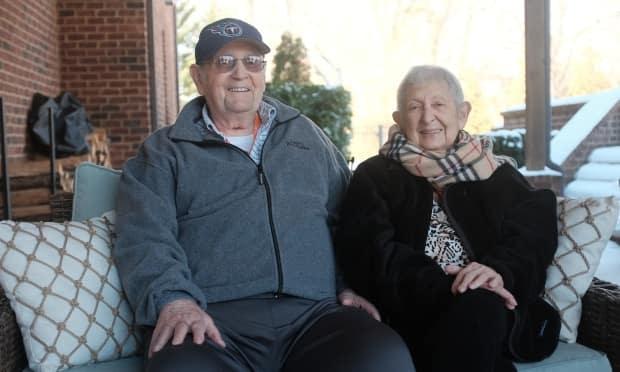
Their story, which was featured in an essay by Vanderbilt ICU Dr. Wes Ely in the medical journal The Lancet, is more than a heartwarming anecdote in a year of pandemic isolation.
It illustrates a finding from a recent study of more than 2,000 COVID-19 patients, also published last month in The Lancet, that looked at delirium, which can be "highly prevalent and prolonged in critically ill patients with COVID-19." While the use of certain medication was linked to higher risk of delirium, family visitation — whether real or virtual — lowered it.
"We know that the human side of healing is real," said Ely, a co-author on the study and co-director of the Critical Illness, Brain Dysfunction, and Survivorship Center at Vanderbilt who is writing a book about rehumanizing the recovery process with an emphasis on bringing families together to help.
"People's brains clear when a loved one is around them and they get anchored. So, it's like removing sensory deprivation. This is science as well as humanities."
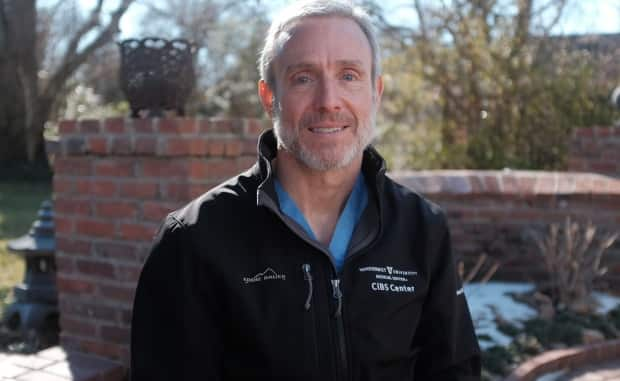
In Toronto, Sunnybrook Health Sciences Centre physician Donald Redelmeier supports the idea that family connection while COVID-19 patients are in the ICU has great value.
"Delirium is always worse when there is separation from the family. It's blatantly obvious," he said.
"Not all married couples should be brought together, though."
Redelmeier said it depends on the couple's relationship and that cases should be judged individually.
Visiting constrained during pandemic
Despite those benefits, hospital visitation has been tightly curtailed during the COVID-19 pandemic as an infection control measure — although one with its critics.
Advocates have flagged the crucial role of families in patient care, and health-care workers have shared the difficulty of holding up an iPad so a loved one could say goodbye.
"Generally the family is not allowed [into COVID-19 ICU areas] in Canada. There are institutional restrictions which have become much more intense with the COVID epidemic," said Redelmeier.
Ely acknowledges the need for infection control but says there are other options besides isolation.
"We have to reopen these hospitals to the loved ones," he said.
"The message is ... that PPE [personal protective equipment] works and that people need other people and doctors and nurses are not a substitute for loved ones."
Confusing and foggy
For Sharon and Fred Reyes, in Nashville, it was more than five weeks before they could even lay eyes on each other through a glass wall in Vanderbilt's ICU. Fred contracted COVID-19 in May 2020, and the hospital didn't allow family visits at that time.
"It was extremely difficult to be separated from your loved one during the greatest fight of their life," said Sharon. Her husband was close to death three times over his 80 days in hospital, she said.
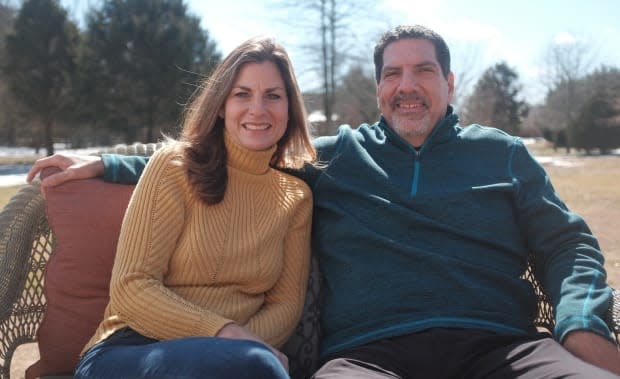
Fred describes his days in ICU as confusing and foggy.
"I remember so many times just calling for her, just wanting her to be there," he said of his wife.
"So many days I just didn't have a thorough grasp of what was happening. I needed to have my loved one."
When asked if he remembers that first time he saw Sharon through the ICU glass, Fred chokes up and can't hold back tears.
"It was quite emotional," he said. "And though it was through the glass at first, you know, we were there communicating. We were able to communicate something that was difficult. And then we moved into a medical ICU, and I was able to be with her more. And things did change dramatically."
WATCH | Fred Reyes recalls seeing his wife for the first time during COVID-19 treatment:
Hopes for change
Kathy Henderson of Mufreesboro, Tenn., hopes that with the collective COVID-19 deaths in the U.S. now over half a million, something might change for the better in the way patients are cared for with regards to family connection.
"I mean a million people read that Lancet article about little old me in Tennessee," she said of Ely's essay, which featured the story of her own parents, Mary and Philip Hill, along with Tom and Virginia Stevens.
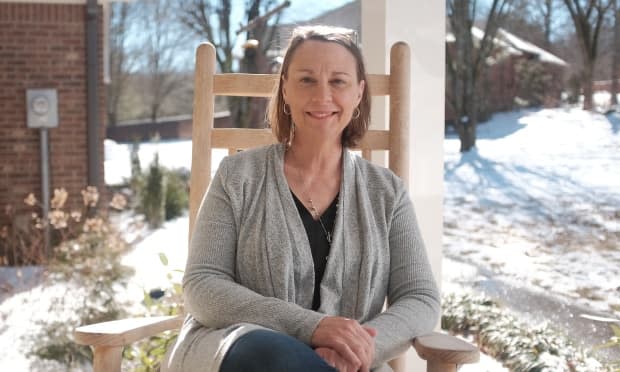
Her parents contracted COVID-19 last September. Mary was sent to the local hospital but Philip was transferred to Vanderbilt because he had underlying heart issues.
Henderson had an uphill battle trying to convince both hospitals that her mom should be transferred to be with her dad.
"I knew that if the worst did happen it would just be awful to have the two of them in separate hospitals, not even to be able to say goodbye," she said of her parents who lived and worked together and had been married for 61 years.
"Even if I could get mom's stretcher to pass by my dad's window that would be better than nothing."
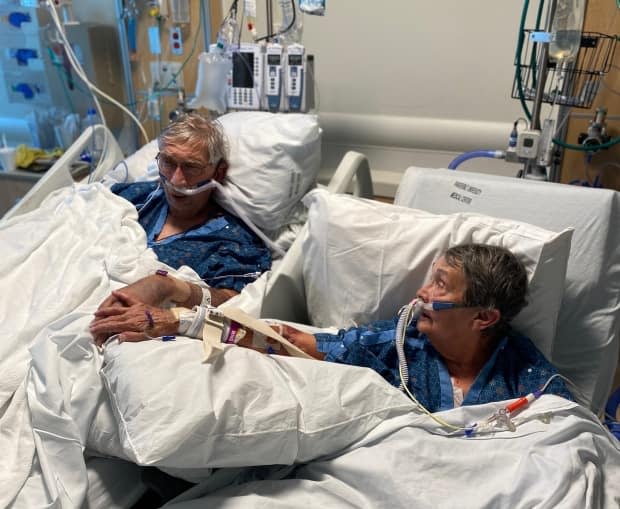
She was successful. Her parents ended up being treated in side by side rooms in the ICU and they were granted a moment together in the same room, in their beds, while Henderson joined them remotely on Zoom.
Mary Hill rubbed her husband's hand and said, "I'm here Phil Hill, I'm here," Henderson recalled.
Two days later they both died within six hours of each other.
WATCH | The benefits of bringing families together during COVID-19 treatment:

